What can flints tell us?
I am Charles Spencer, and I am a volunteer that recently completed the documentation and cataloguing of the J.L. Turner collection. The collection is mainly made up of flints that show how our prehistoric ancestors lived and thrived on the land that is now Huddersfield and its surrounding area. By using the collection as a whole, we can form a basic picture of how the flints were made and what they were used for, and if I were transported to the year 5000 B.C I know how I would approach tool crafting.
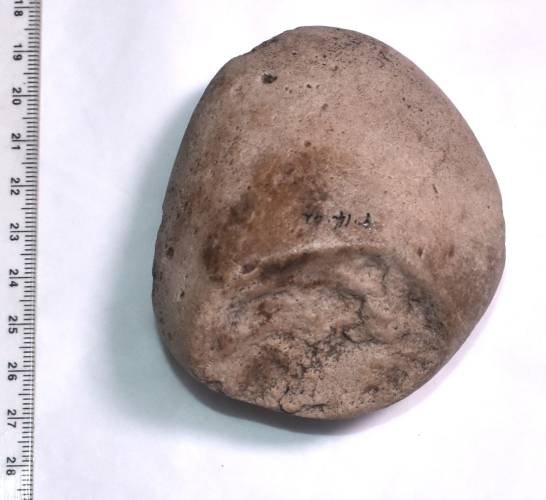
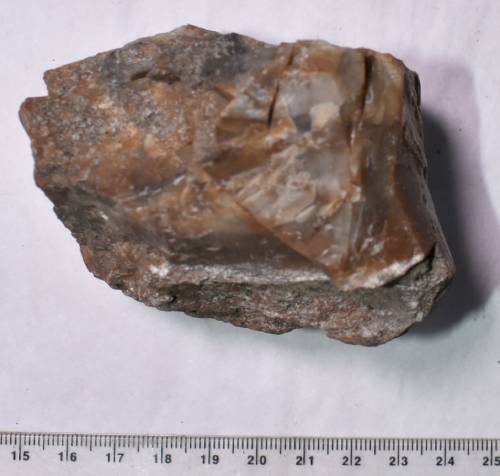
Firstly, I would grab two stones, one of them would have to fit my hand nicely and hopefully have a more pointed end this is called the hammerstone. The other stone I would need is a nodule, this is where the flint has formed over the billions of years the Earth has existed. It is particularly useful for my tool making because it can be nicely shaped into just about any tool (if you are skilled enough).
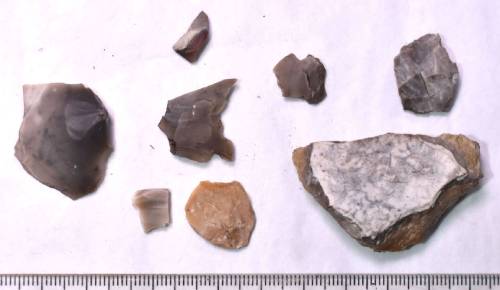
After hopefully hammering away on the block of flint I might be able to separate it into smaller pieces, not without a few chippings coming off first though, this is a messy business after all, especially for a rookie like me.
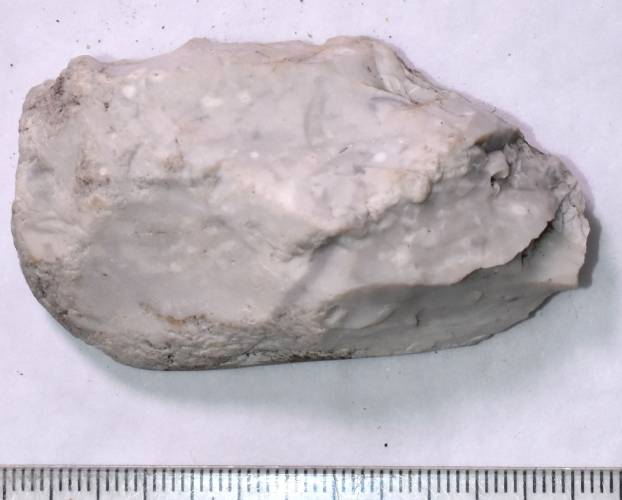
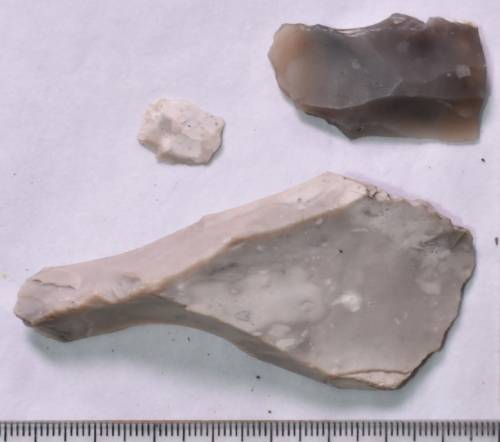
Now that I have broken the larger piece down into more manageable pieces, I should like to make a blade, perhaps for hunting food for myself, or maybe I should make a scraper so that I can dig up land to set the foundations for my home!
Either way, it will be a tough process, and I would have to be very careful to ensure all the correct edges are perfectly sharpened and shaped to meet my needs. The flints pictured above are still sharp to the touch well over 5000 years after their creation showing just how effective they were and why so many prehistoric humans from around the world created and used flint tools in their everyday life.
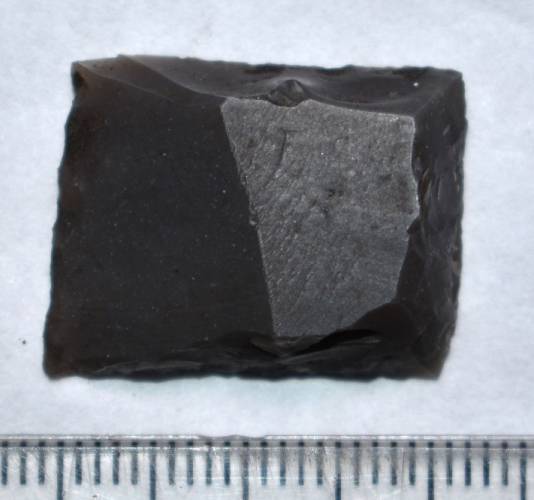
My favourite item from the collection is a gun flint, it is the only one of its kind in the collection! The fact that the same techniques used to make tools for prehistoric humans were applied in the creation of flintlock guns that were used in the English Civil War is really cool and shows just how versatile and important flint has been throughout human history!
I really enjoyed documenting, photographing, and adding the J.L. Turner collection to the records of Kirklees Museums & Galleries and I would like to thank the team, particularly Joe the curator, for letting me explore the collection! I would encourage anyone with a passion for history or archaeology to volunteer at their local museum as you never know what you might learn or find when helping your local institution!
Can't get enough of flint? Come see our archaeological collection on display at Tolson Museum or explore our Stone Age to Iron Age Museum in a Box resource for schools.




